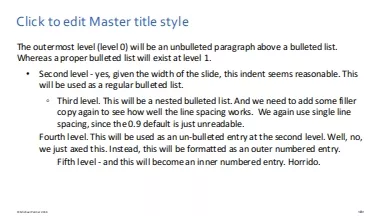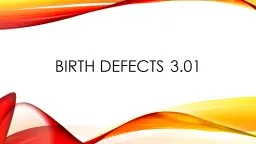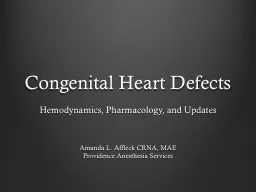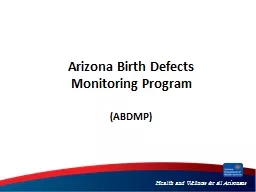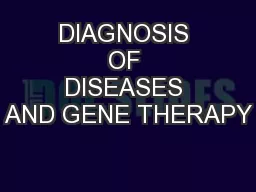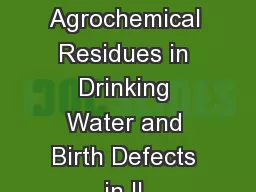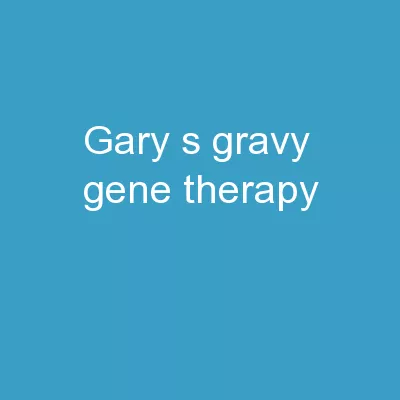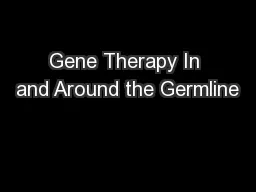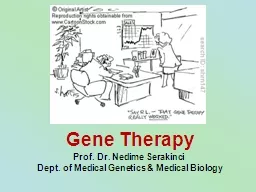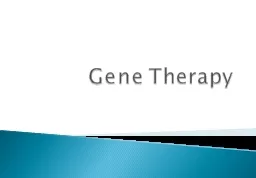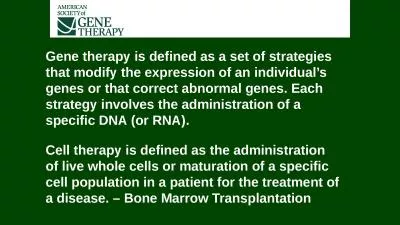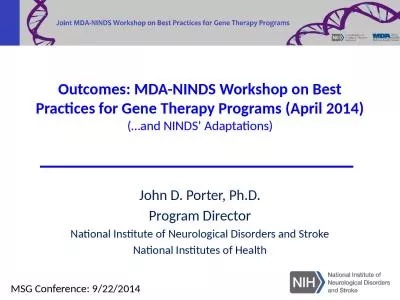PPT-Enzyme and gene therapy of enzyme defects
Author : eleanor | Published Date : 2022-02-10
Therapy of enzyme defects general considerations How many organs are affected by the enzyme defect One organ a few or all organs How severe is the defect Can the
Presentation Embed Code
Download Presentation
Download Presentation The PPT/PDF document "Enzyme and gene therapy of enzyme defect..." is the property of its rightful owner. Permission is granted to download and print the materials on this website for personal, non-commercial use only, and to display it on your personal computer provided you do not modify the materials and that you retain all copyright notices contained in the materials. By downloading content from our website, you accept the terms of this agreement.
Enzyme and gene therapy of enzyme defects: Transcript
Download Rules Of Document
"Enzyme and gene therapy of enzyme defects"The content belongs to its owner. You may download and print it for personal use, without modification, and keep all copyright notices. By downloading, you agree to these terms.
Related Documents

